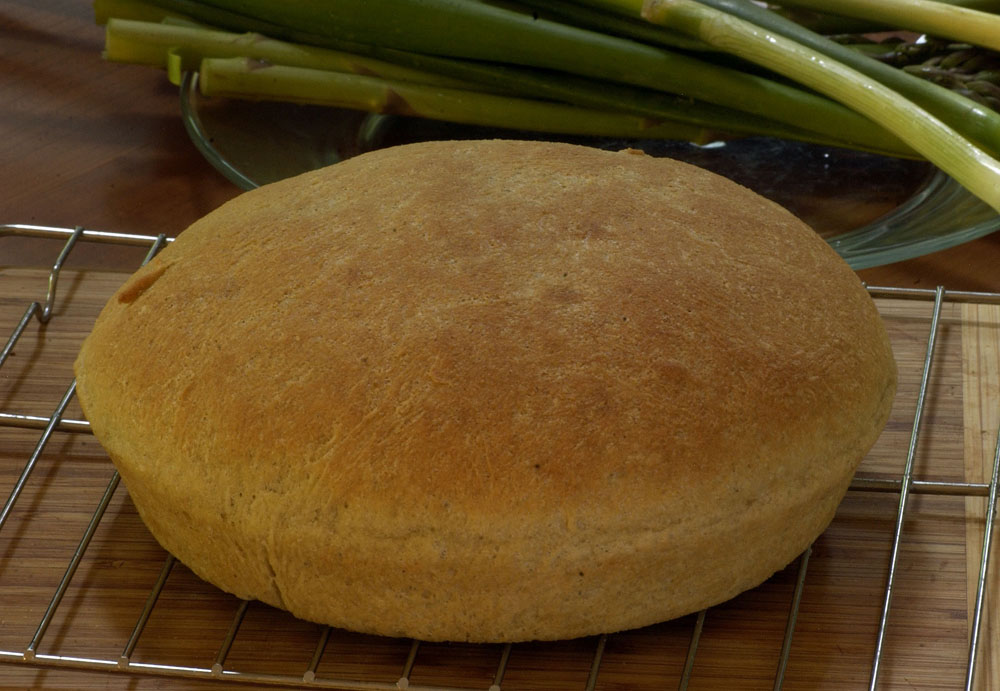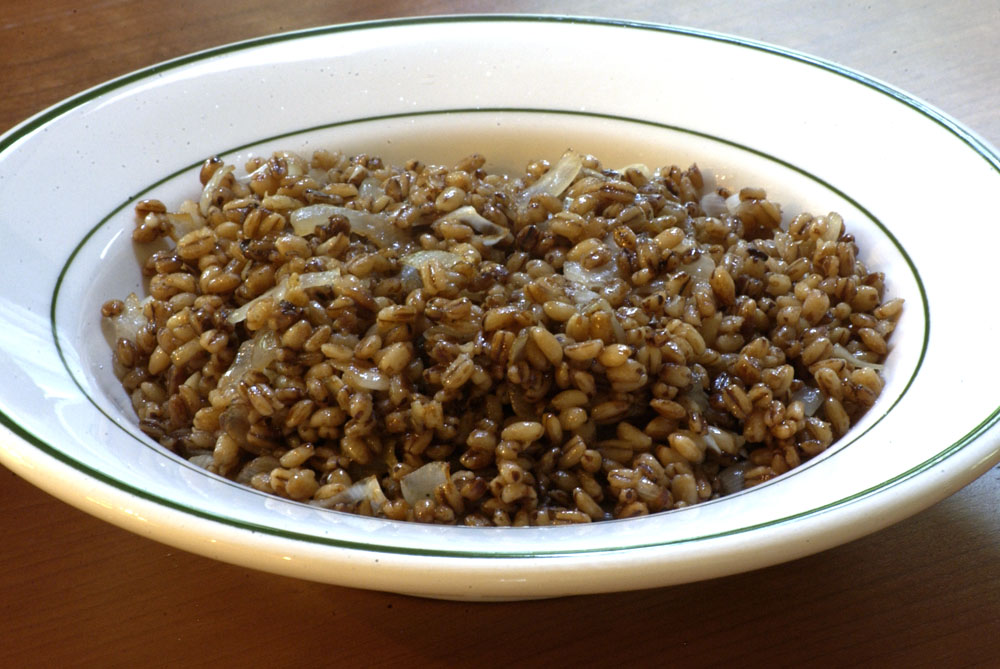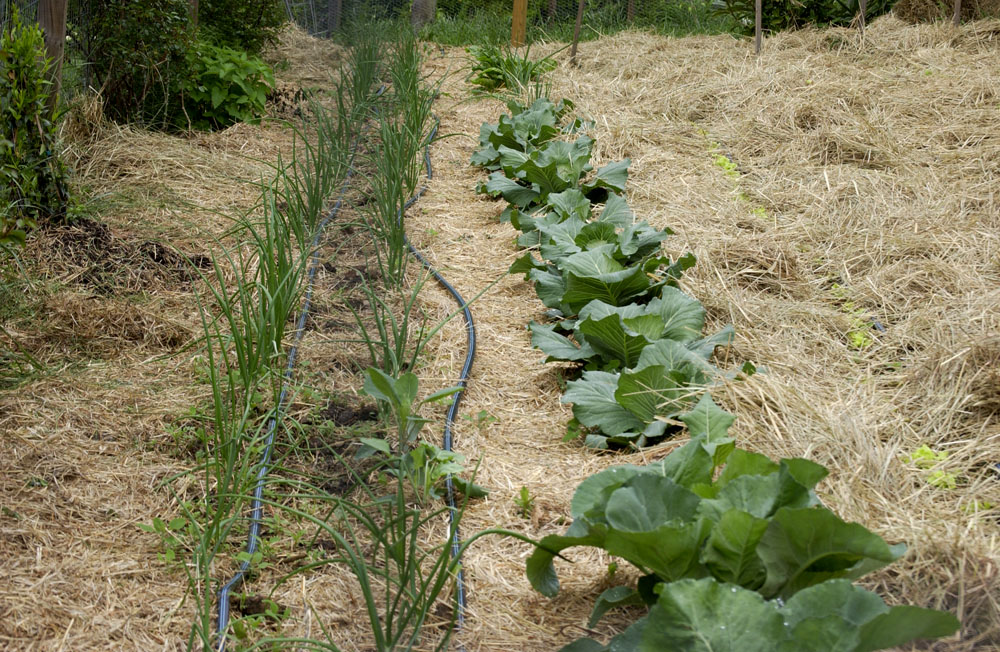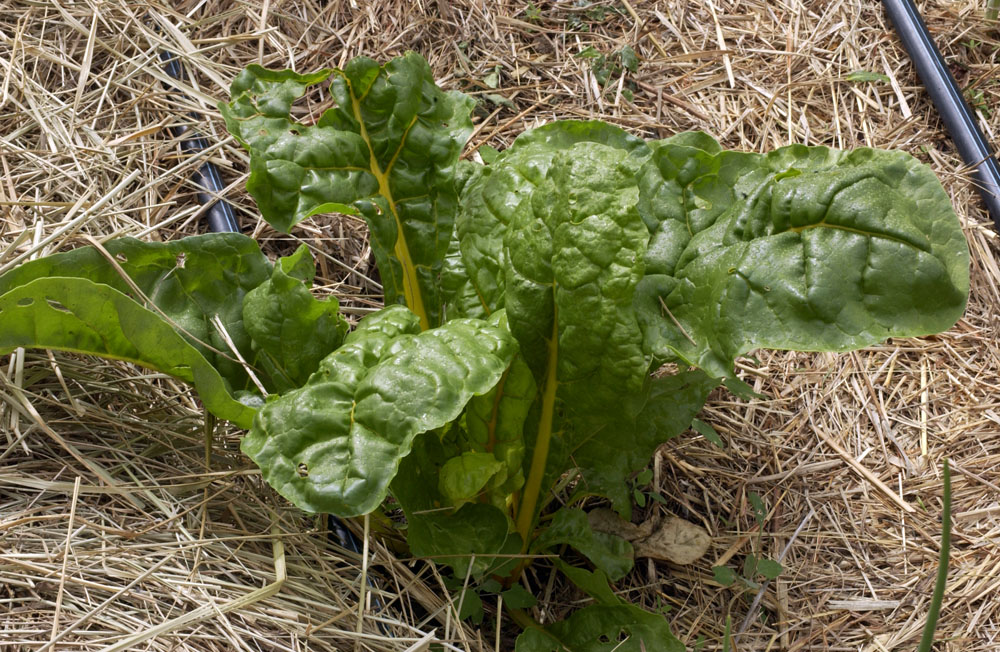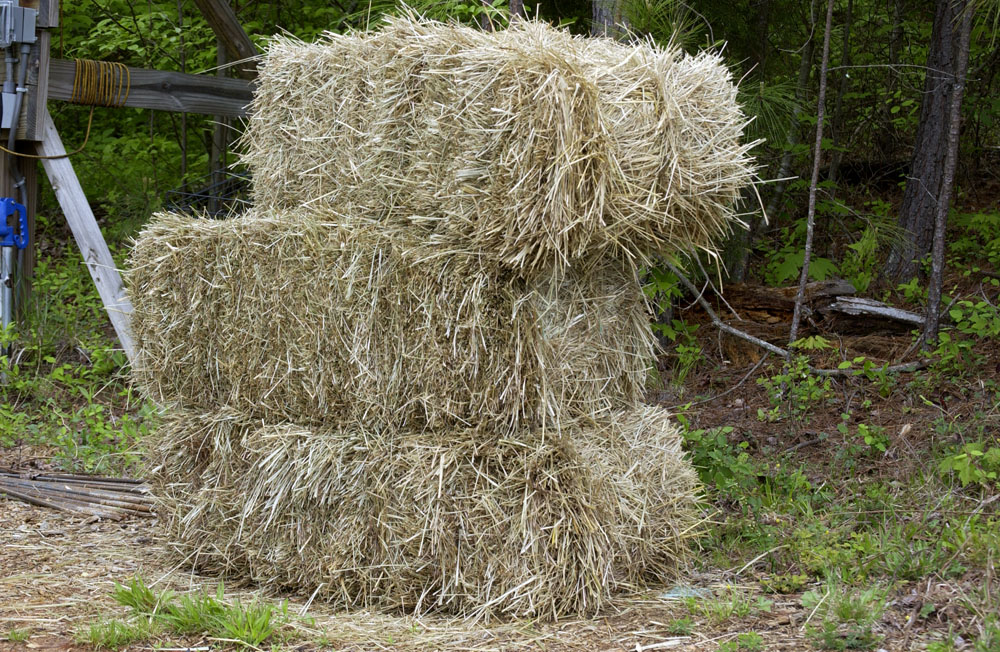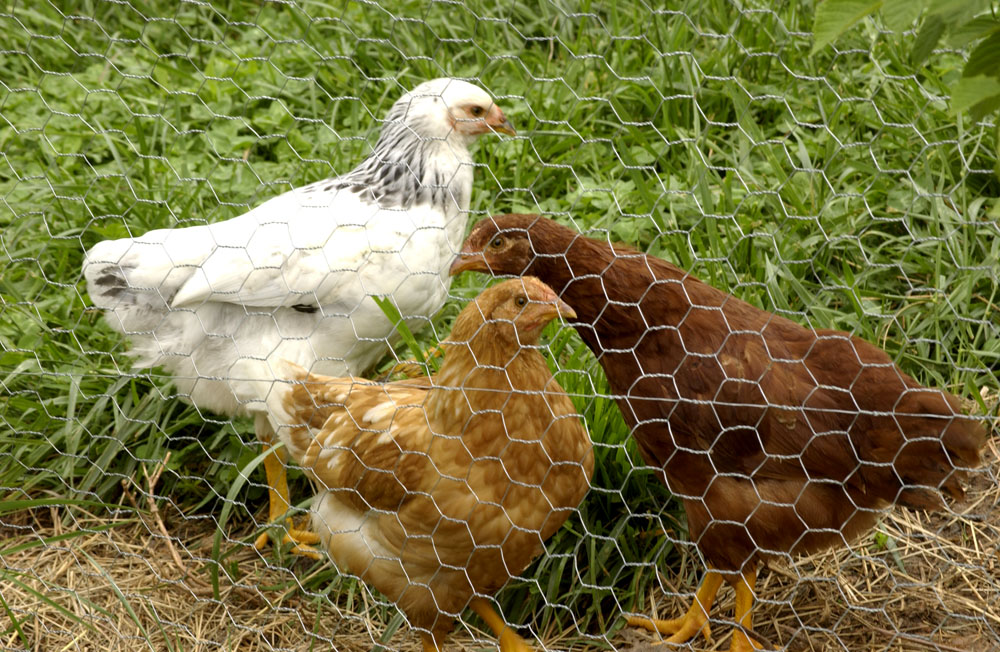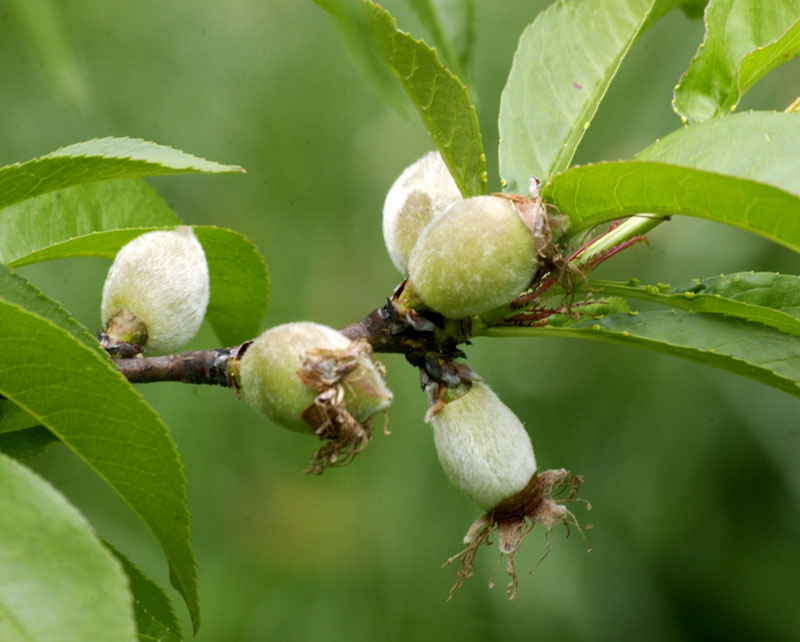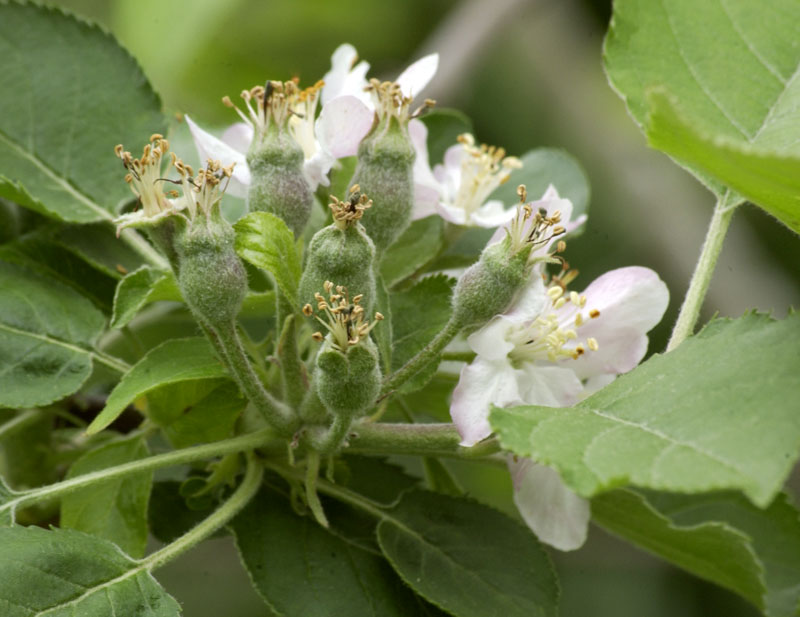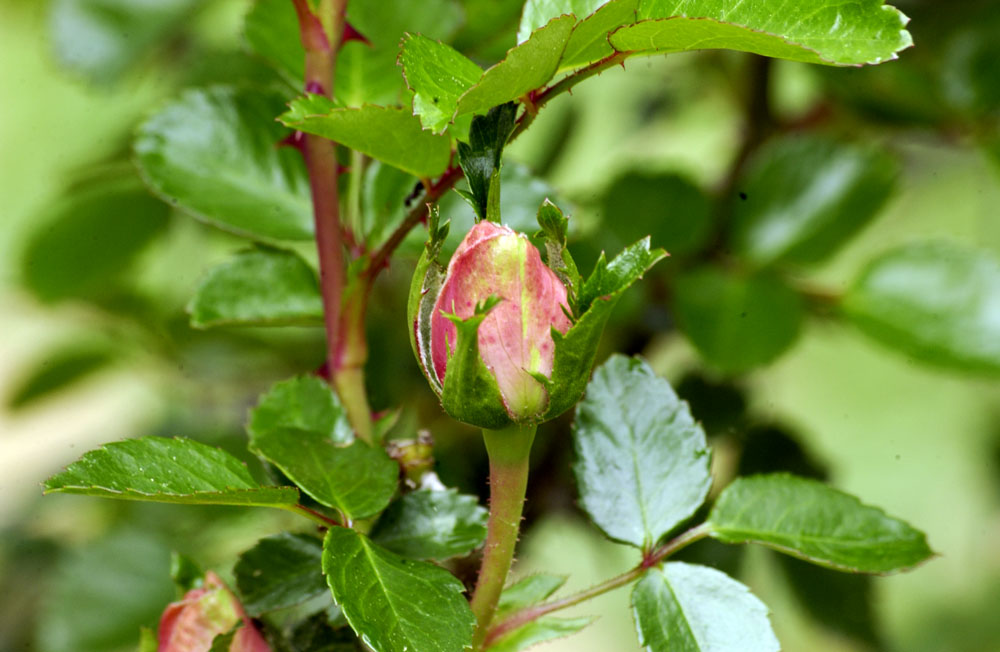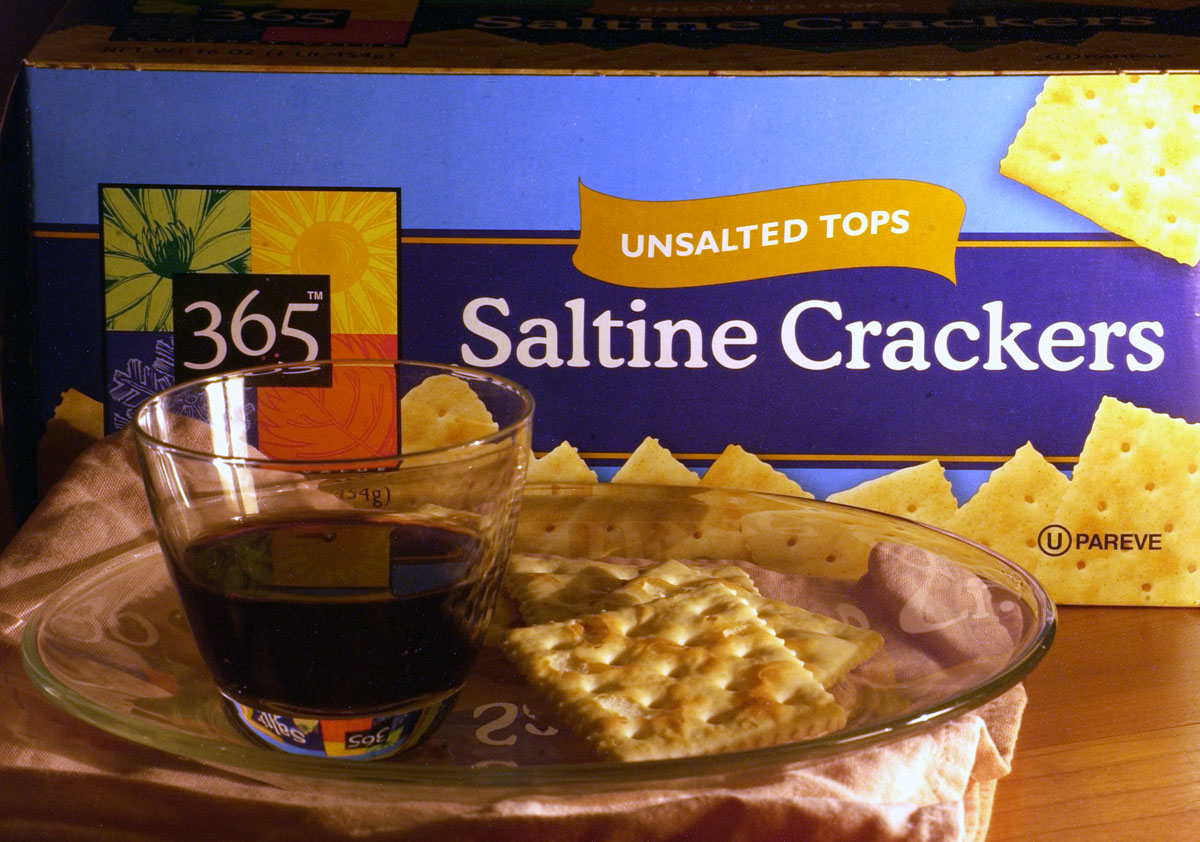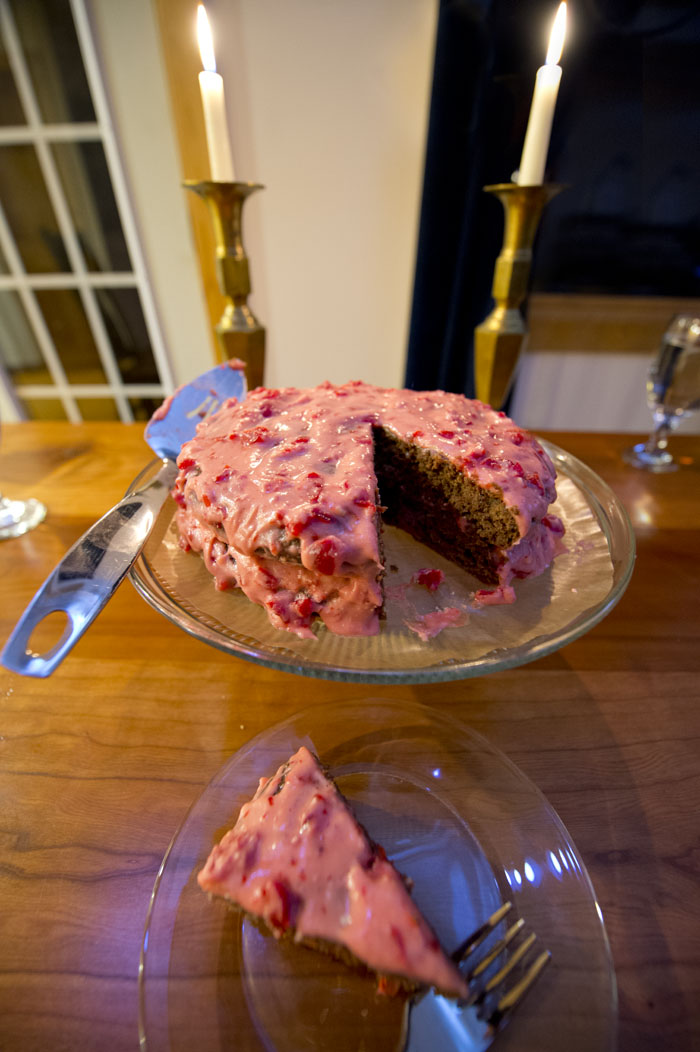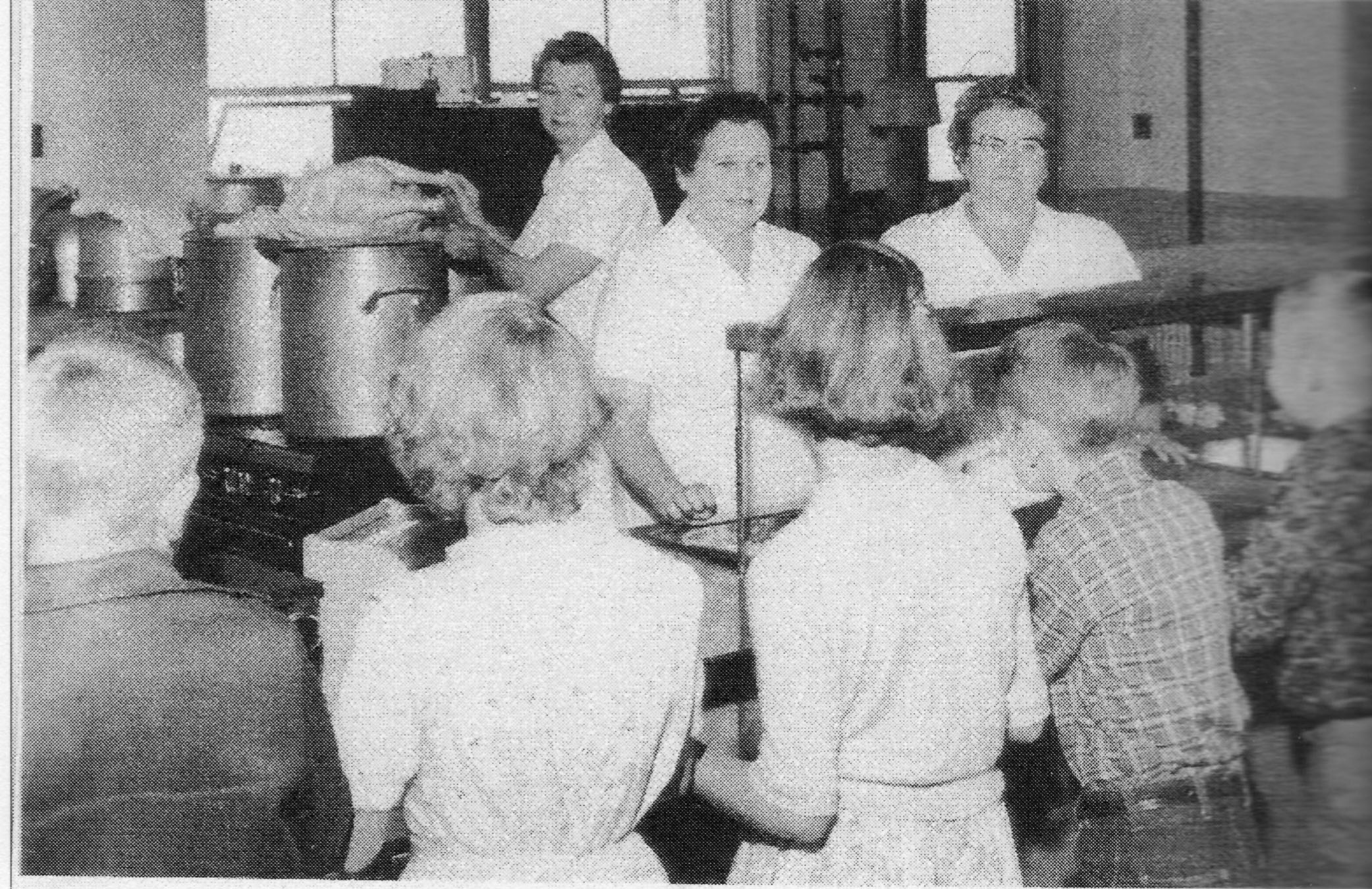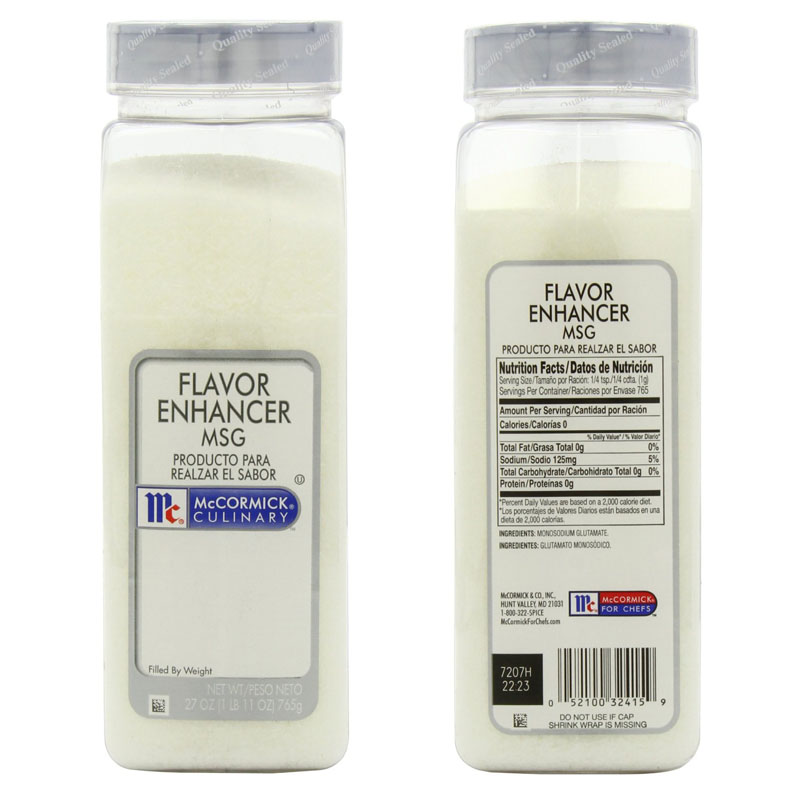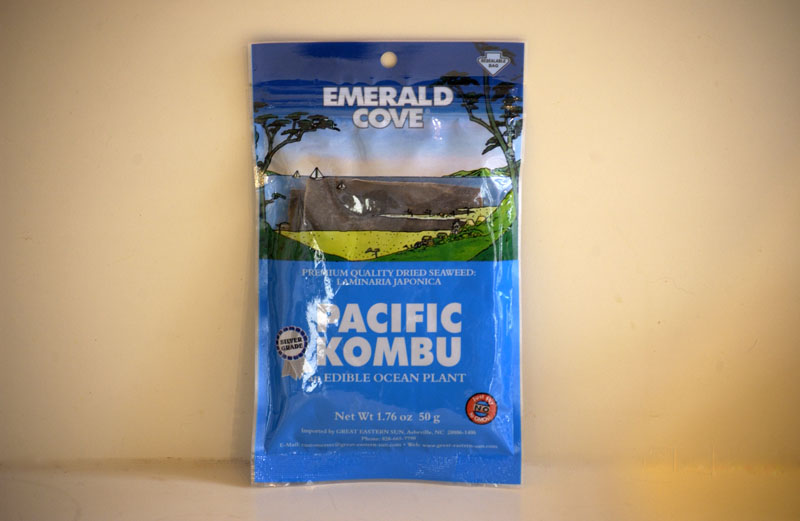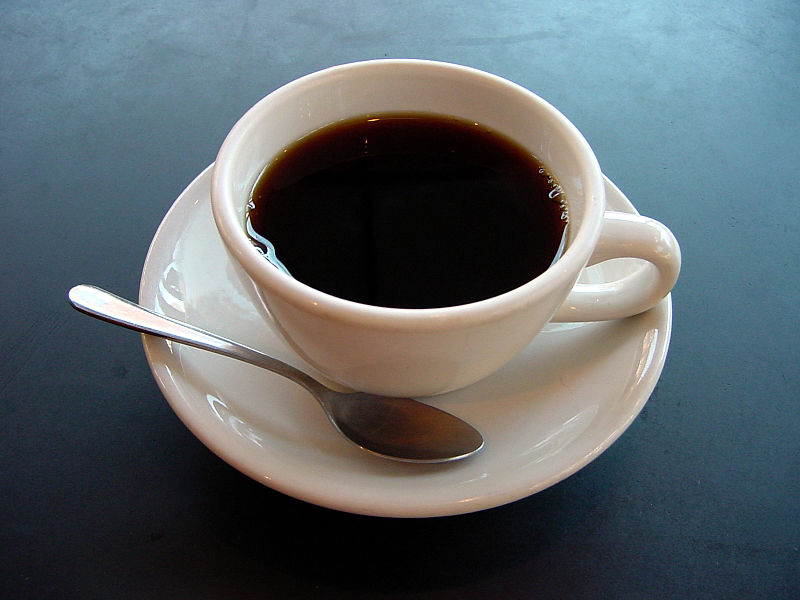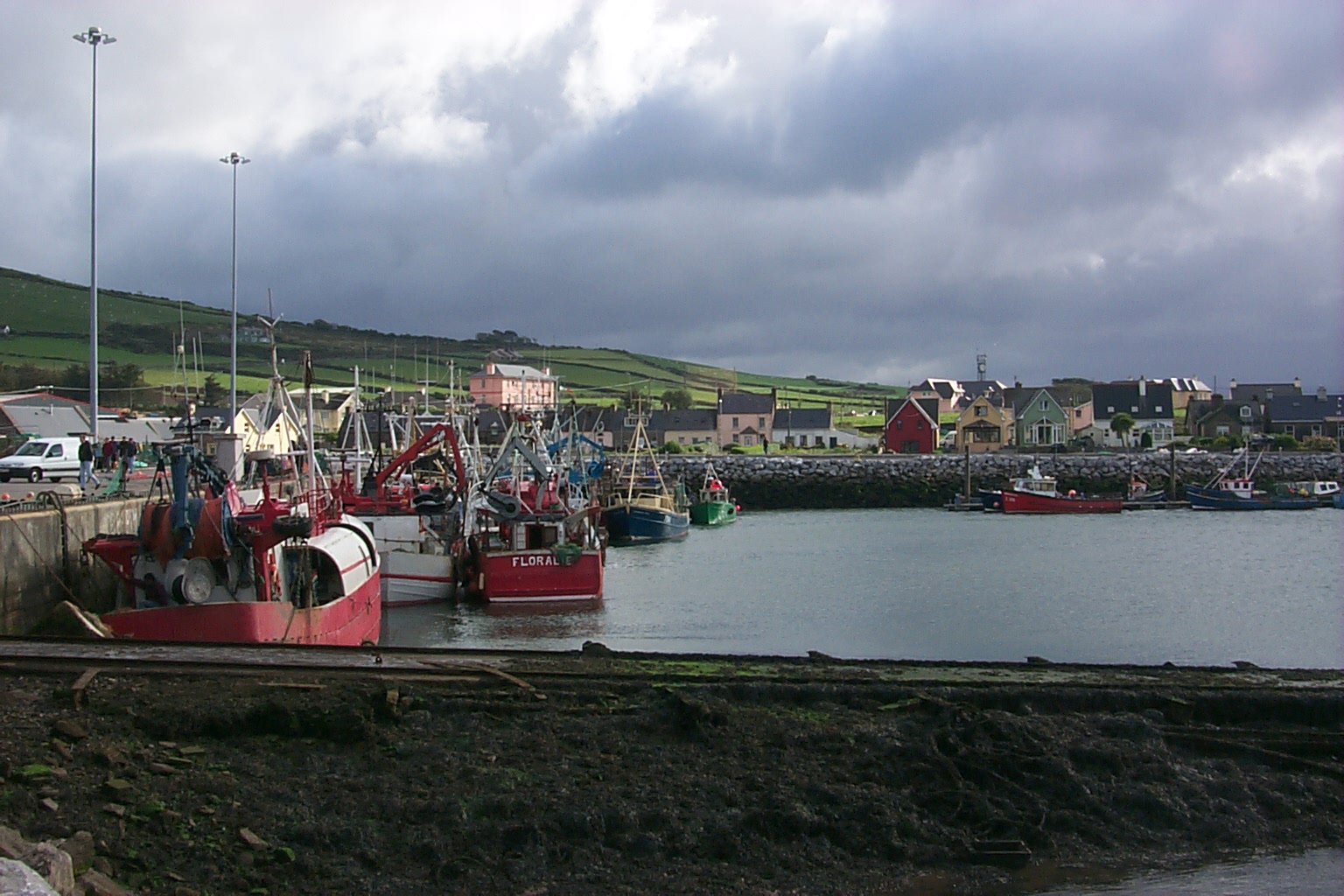Barley is great in soups, but the real test of a grain is: Can you make bread out of it?
Lately I’ve been experimenting with barley, as new research has come out about what a healthy food it is. For one, barley is low on the glycemic index, meaning that it doesn’t spike your blood sugar the way wheat bread does. Barley also promotes a beneficial form of fermentation in the digestive system, so, like yogurt, it’s good for our intestinal flora. And it’s low-carb. Research has shown that when you eat barley, you eat less at the next two meals. That’s the opposite of what high-carb foods do. High-carb foods make us hungrier at the next meal.
Barley contains little or no gluten. That means that you can’t make bread out of 100 percent barley. It won’t rise. It’s the gluten that gives bread its structure. Usually this problem is solved by mixing about 1 part barley flour with 3 or 4 parts wheat flour. But then you have a carby bread that’s only marginally healthier than wheat bread.
Googling around, I found many versions of barley bread. But no one seemed to think of the obvious solution for barley bread: Just add enough wheat gluten flour to give structure to the bread.
That’s what I did yesterday, and the result was delicious. I used about 1 part gluten flour to 4 parts barley flour. It rose beautifully.
Both barley flour and gluten flour can be bought at places like Whole Foods.
Barley bread has a delicious taste. It’s not all that different from wheat bread, but it’s an old-fashioned, rustic taste that I would describe as hobbity.

